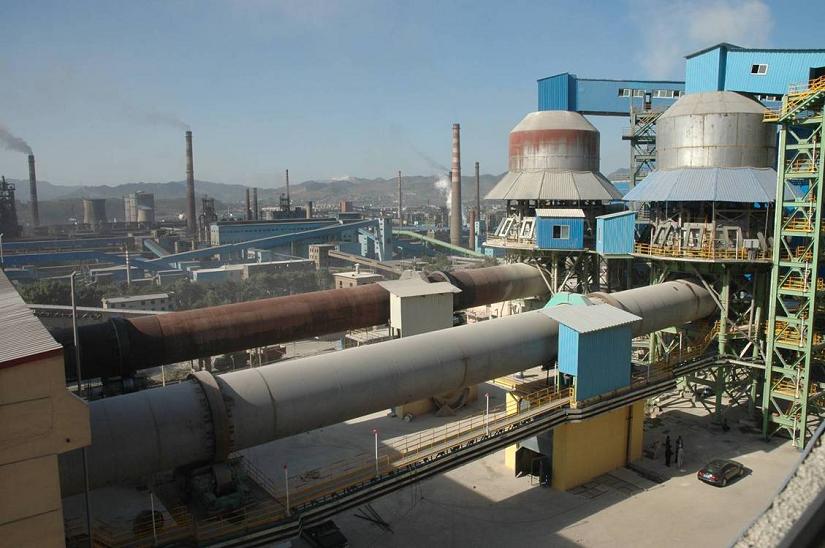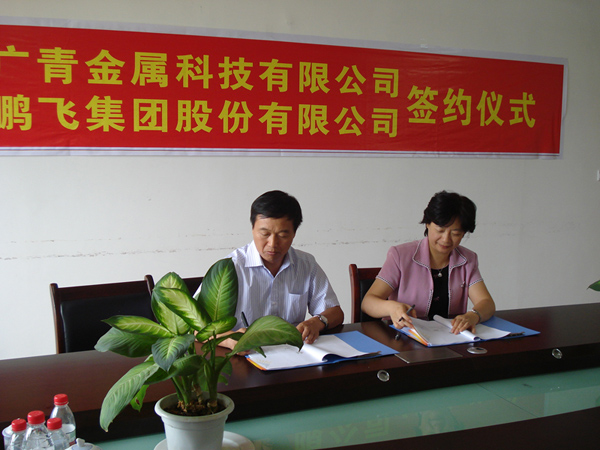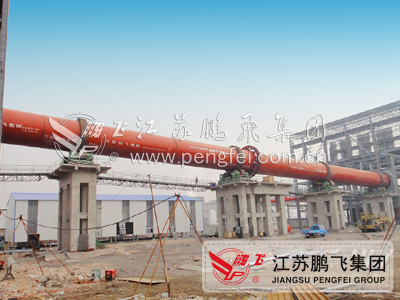In order to fully utilize the dolomite resources in various regions of the country, improve industrial structure, and develop and revitalize local economy, Jiangsu Pengfei Group investigated the supply and sales situation of magnesium metal and the process conditions of silicon thermal magnesium smelting, and prepared the "Feasibility Report for Magnesium Metal Engineering Projects".
Project Introduction
In order to fully utilize the dolomite resources in various regions of the country, improve industrial structure, and develop and revitalize local economy, Jiangsu Pengfei Group investigated the supply and sales situation of magnesium metal and the process conditions of silicon thermal magnesium smelting, and prepared the "Feasibility Report for Magnesium Metal Engineering Projects".
The use of magnesium
Magnesium is a lightweight (specific gravity: 1.74) metal with active chemical properties, good electrical and thermal conductivity. It can form high-strength lightweight alloys with excellent mechanical properties, high chemical stability, and strong corrosion resistance with other metals (especially aluminum), and has a wide range of applications in various aspects of modern industry. Magnesium can be used as a reducing agent for various metals (such as titanium production) and as a spheroidizing agent for the production of ductile iron. In the 1970s, magnesium was developed as a desulfurizer for high-quality steel. Compared with traditional desulfurization methods, the process was simple, the utilization rate was high, and the effect was good. It improved the practical castability, ductility, welding performance, and impact toughness of steel, increased the reliability and service life of steel use, reduced structural weight, and especially met the needs of oil and gas pipelines. Magnesium powder and magnesium strips are flammable. Can be used as artificial light sources for photography, fireworks, illumination flares, signal flares, etc. Aluminum alloy is the largest user of magnesium, with good corrosion resistance, high strength, and easy welding. Aluminum alloy is widely used in food packaging, beverage cans, and other applications. In addition, magnesium is widely used in the transportation industry, aviation, defense industry, cable industry, construction industry, etc. In addition, magnesium as a high energy storage material (magnesium dioxide) will have broad prospects.
Magnesium Metal Market and Forecast
At present, there are more than ten magnesium producing countries in the world, about eighteen manufacturers, and equipment production of about 400000 tons. Among them, countries such as Canada and Japan produce magnesium by external heat method, with an annual output of over 30000 tons. Due to the development of magnesium in the civilian market and space technology applications, the production of magnesium has steadily increased. In 1988. the total annual production of magnesium in Western countries reached 241200 tons. From 1962 to 1970. the average growth rate of global magnesium production was 12.92%, and from 1971 to 1980 it was 4.18%. According to the original magnesium supply and demand forecast data in the Western world, the production capacity was 366000 tons and the consumption was 397000 tons by 1993. Since the 1970s, the price of magnesium in the international market has steadily increased. In June 1989. The international market price is $3586 per ton. In 1990. the free market price in the United States was between $3515.6-3527.4 per ton, and in the first quarter of 1995. the international market price was $3600 per ton. The production and development of magnesium in our country has been relatively slow, so metallic magnesium has always been a short - and medium-term material in the raw material industry, with a supply shortage. From 1970 to 1979. under controlled distribution conditions, an average annual distribution of 53% relied on imports. During the decade, we produced 23412.23 tons of magnesium ourselves, imported 33179 tons of magnesium, and consumed 54745 tons of distribution, with an average annual consumption of 5757.8 tons. In the 1980s, due to the increase in demand, imported magnesium also increased year by year. In recent years, the domestic demand and import and export volume of aluminum alloys and rare earth silicon magnesium alloys in China have grown rapidly, and the amount of magnesium used has also increased dramatically. In the 1970s, the aluminum magnesium ratio in China was 1.44. From 1971 to 1985. the world aluminum magnesium ratio was 1.76-2.17. If we take China as an example, The aluminum development plan calculates the demand for magnesium. In 1900. the aluminum magnesium ratio was 1.5. and the calculated magnesium consumption was 20000 tons. By 2000. if the ratio equals 2. the magnesium consumption will reach 50000 tons. At present, in addition to the expansion of Fushun Aluminum Plant with an annual output of 6000 tons, the first phase of Qinghai Minhe Magnesium Plant has an annual output of 4000 tons of magnesium. In addition, there has been significant development in small and medium-sized magnesium plants that adopted external heating method from 1978 to 1994. As of August 1993. China's total magnesium production capacity reached 20000 to 25000 tons, with an actual annual output of 15000 tons of magnesium, while the national demand is over 30000 tons. Since 1992. the selling price of magnesium has steadily increased, and in September 1994. the domestic sales price was 28500 to 31000 yuan per ton. In addition, in the first half of 1993. China's export of magnesium to Japan was 300 tons, but only 100 tons were actually completed.
Workshop composition
Raw material workshop, reduction workshop, refining workshop, etc
Product Proposal
Ordinary commodity magnesium ingots, second grade or above
Process plan
The magnesium refining plant chooses the silicon thermal method for magnesium production, which has a simple process, low investment, short construction period, no pollution, and is suitable for the development of small and medium-sized enterprises. The silicothermic magnesium refining technology using coal as fuel developed by Henan Metallurgical Planning, Design and Research Institute passed the provincial appraisal in March 1988. Under normal conditions, the crude magnesium production per 100 kilograms of pellets has stabilized at 12-15 kilograms, with a refining recovery rate of over 92%. According to the analysis of technical and economic indicators of manufacturers using different fuels, there is no significant difference in the service life of reduction tanks between coal-fired and gas-fired reduction furnaces. Under the same conditions of crude magnesium per tank (calculated at 12 kilograms of crude magnesium per tank), the thermal energy cost of gas is 2277 yuan/ton higher than that of coal-fired. In terms of construction investment, the infrastructure investment of gas stations accounts for about 30% of the total investment, and the investment in rotary kilns accounts for about 20% of the total investment of magnesium plants.
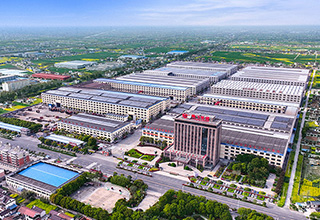
 Real time updates on cutting-edge information, presenting Pengfei and industry trends in a timely, comprehensive, and intuitive manner.
Real time updates on cutting-edge information, presenting Pengfei and industry trends in a timely, comprehensive, and intuitive manner.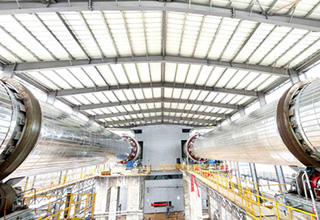
 We firmly believe that talent is the foundation of enterprise development. We adhere to the talent concept of "people-oriented, co creation and win-win", respect the personality and creativity of each employee, and are committed to providing employees with broad development space and a fair competitive platform.
We firmly believe that talent is the foundation of enterprise development. We adhere to the talent concept of "people-oriented, co creation and win-win", respect the personality and creativity of each employee, and are committed to providing employees with broad development space and a fair competitive platform.
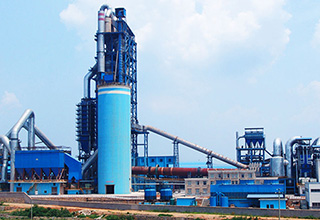

 中文
中文 English
English
